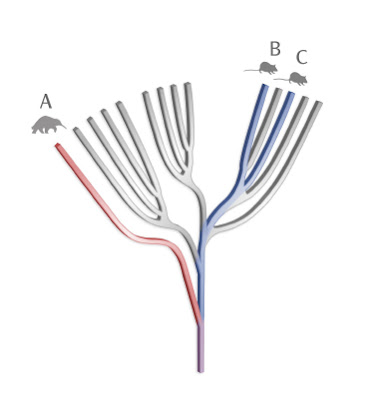Good news for Mountain Gorillas! But there's still work to do before they're out of the extinction woods

The latest update of the IUCN Red List of Threatened Species has provided hope for the conservation of the Mountain Gorilla, which has moved from Critically Endangered to Endangered. In a forest of lush green vegetation, you wouldn’t have thought that a human would look like a suitable and comfortable seat would you? And yet, that was exactly what one young mountain gorilla decided Sir David Attenborough looked like during filming for his Life on Earth series. This scene is one of Attenborough’s most iconic and showed the soft and playful nature of these huge primates. A young mountain gorilla testing the comfiness of Sir David Attenborough during filming for Life on Earth But these gentle giants haven’t had things easy on the conservation front. The last IUCN assessment of the mountain gorilla carried out in 2008 estimated that only roughly 680 individuals survived. This report placed the species in the ‘Critically Endangered’ category, meaning it was facing an ‘extreme...

